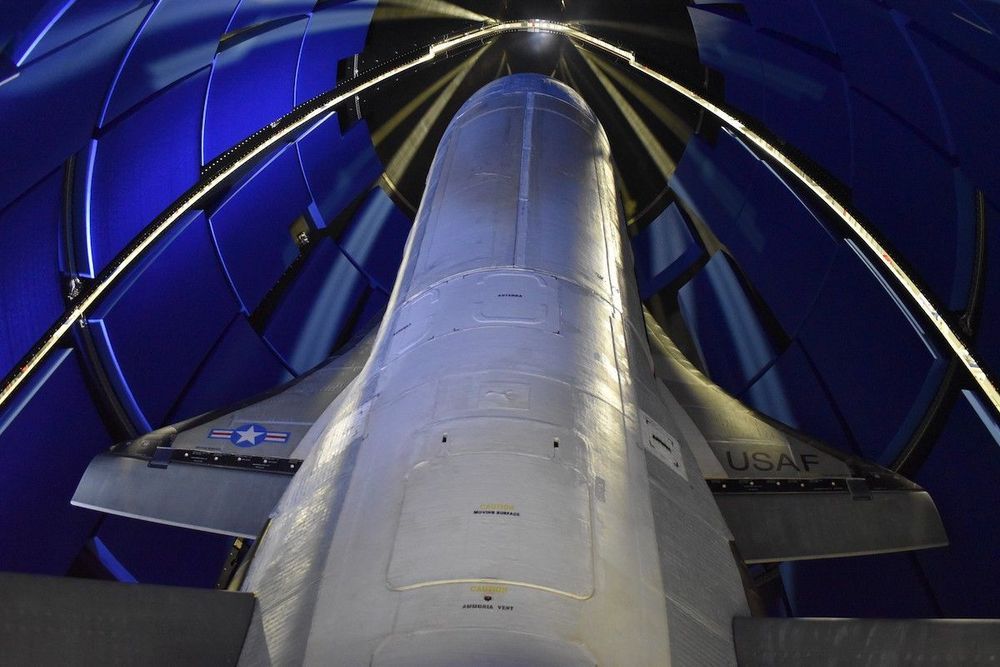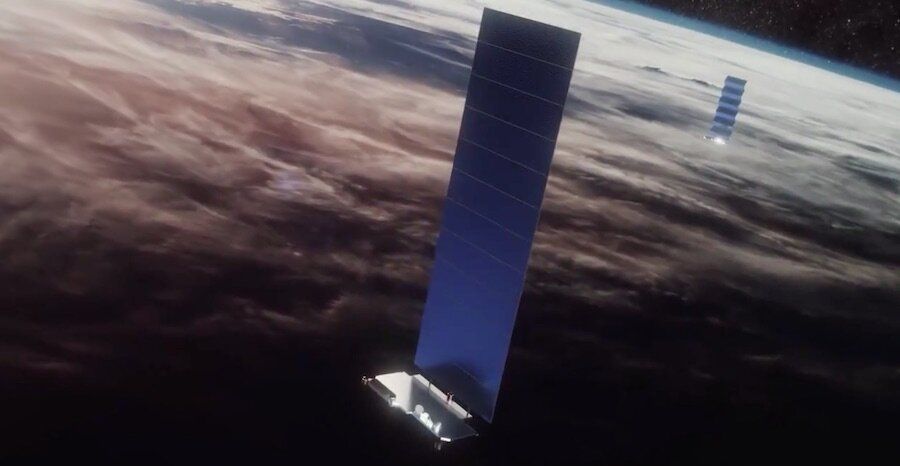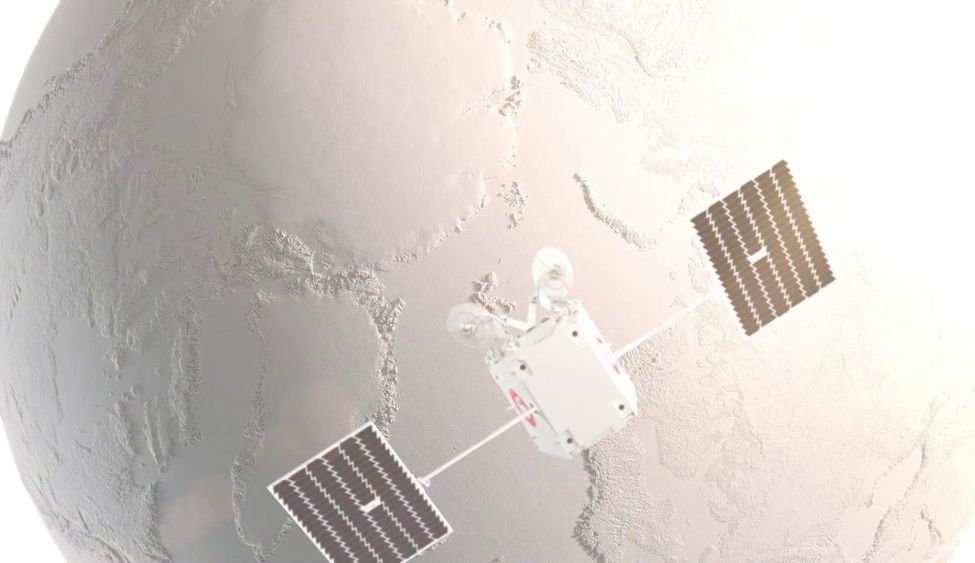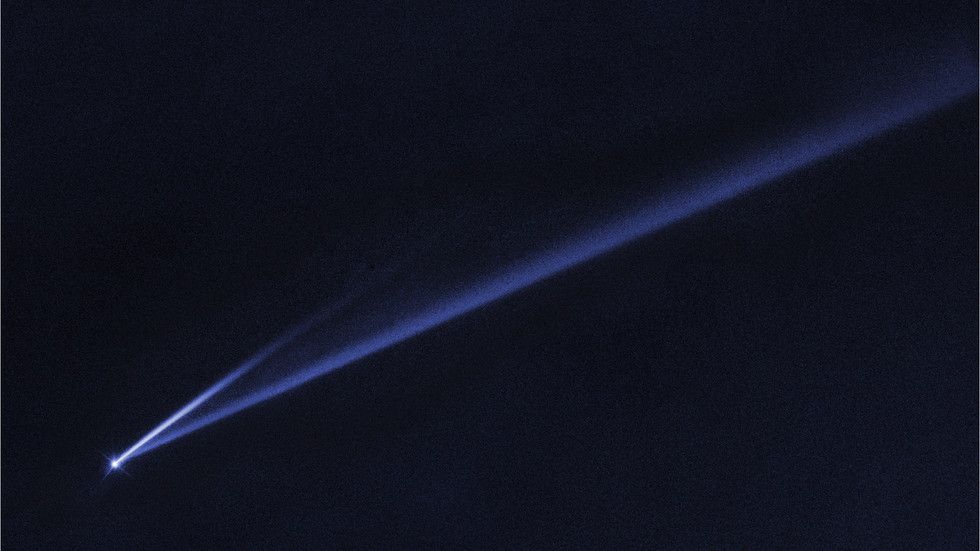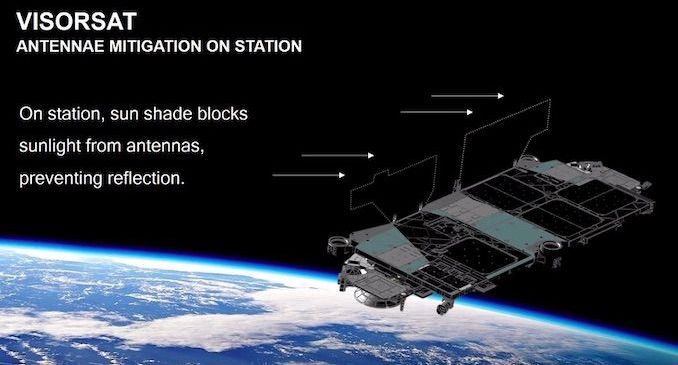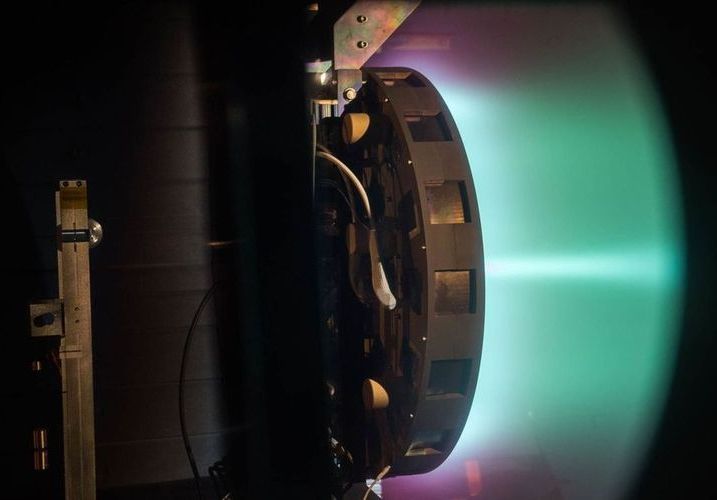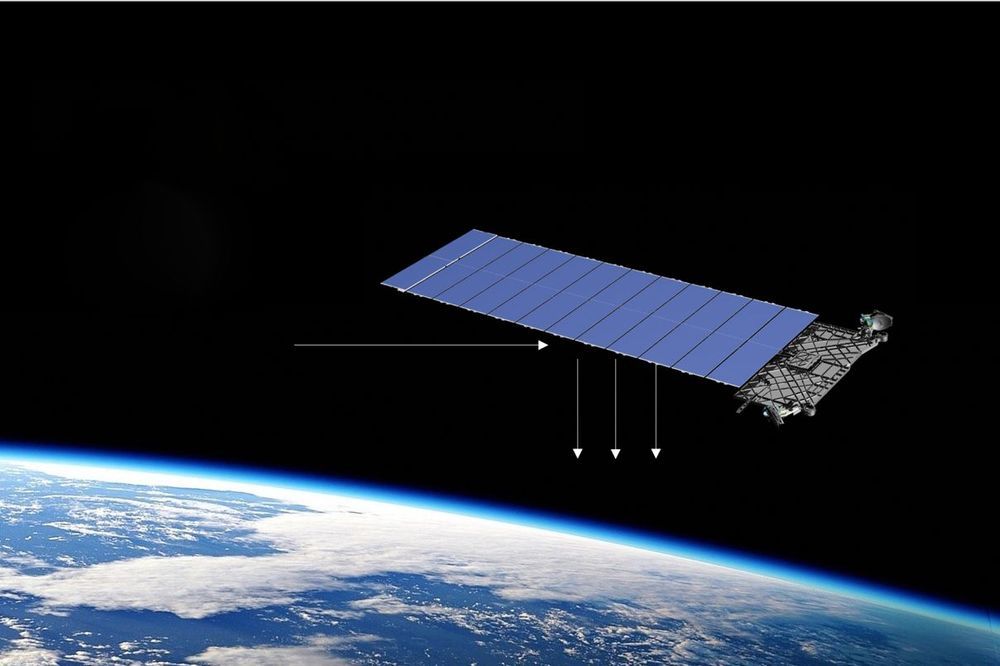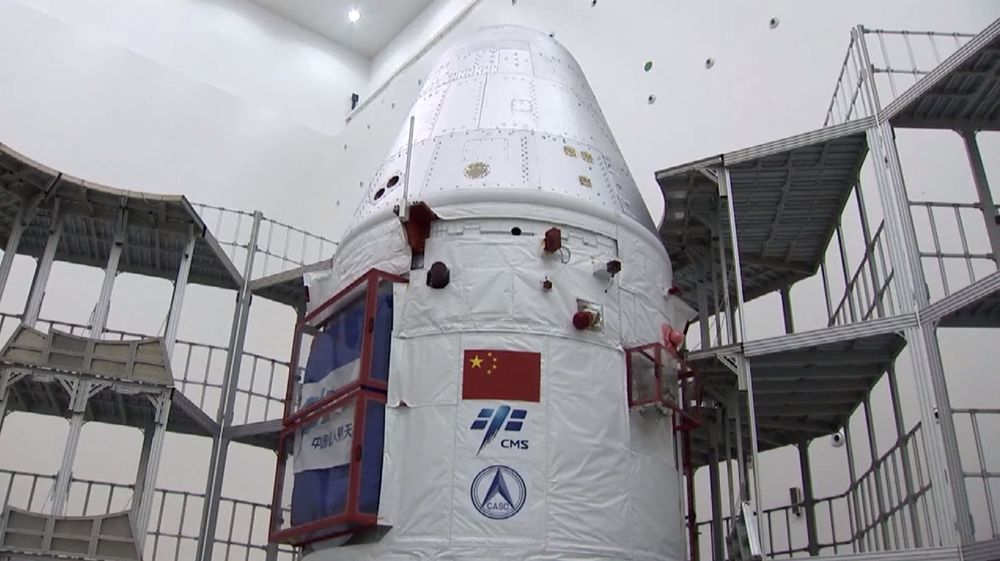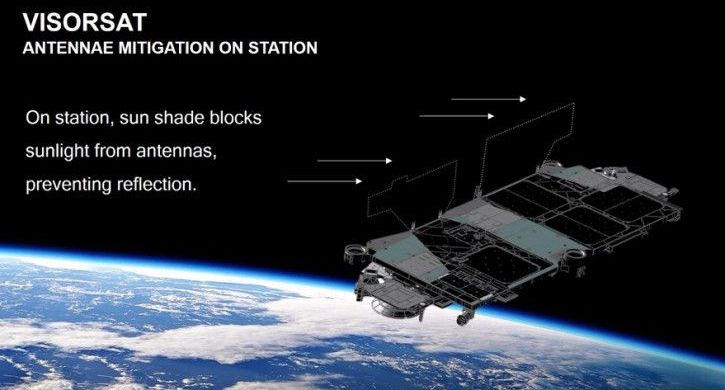The next flight of the U.S. military’s reusable X-37B spaceplane — scheduled for liftoff May 16 from Cape Canaveral — will carry more experiments into orbit than any of the winged ship’s previous missions, including two payloads for NASA and a small deployable satellite built by Air Force Academy cadets.
Military officials announced new details about the upcoming X-37B mission Wednesday, and confirmed its target launch date of May 16. The Boeing-built spaceplane was mounted on top of a United Launch Alliance Atlas 5 rocket Tuesday inside the Vertical Integration Facility at Cape Canaveral’s Complex 41 launch pad.
The unpiloted spacecraft launches inside a payload shroud on top of a conventional rocket, unfurls a power-generating solar array in orbit to generate electricity, and returns to Earth for a runway landing like NASA’s retired space shuttle.
